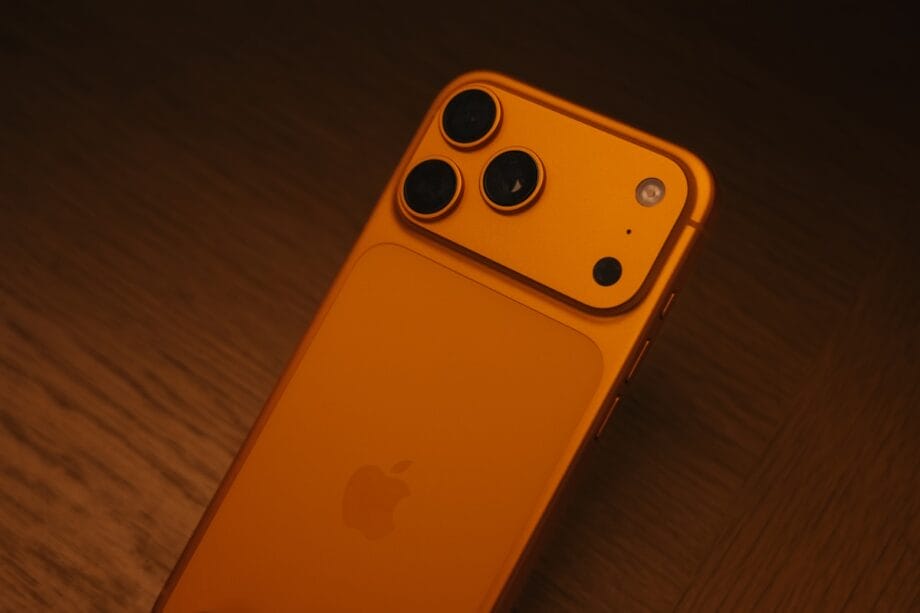Apple is poised to unveil a remarkable design overhaul for its flagship smartphones in 2026. Early reports suggest that the iPhone 18 Pro will incorporate a notably smaller front-facing camera, made possible by innovative HIAA display technology.
Insights from various leaks, notably from Digital Chat Station, reveal that Apple engineers are diligently exploring methods to reduce the front camera’s visual prominence. This development signifies a substantial advance towards achieving a wholly uninterrupted display experience.
What’s Changing and How
Apple’s latest strategy revolves around a novel technique known as Hole-In-Active-Area (HIAA), a display manufacturing process spearheaded by Samsung and others. This technique entails laser-drilling a minuscule aperture for the camera directly into the OLED screen, permitting the lens to reside within the active pixel region.
In contrast to the existing Dynamic Island cutout, this breakthrough may yield a considerably smaller, sleeker camera aperture. The iPhone 18 Pro is anticipated to feature a reconfigured camera layout, indicative of progress beyond the designs introduced in 2023 and 2024.
Insiders report that this initiative aligns with Apple’s overarching ambition — to ultimately embed Face ID sensors beneath the display, thus paving the way for a truly full-screen iPhone interface.
Analysts Weigh In
Industry experts regard Apple’s miniaturization approach as an essential evolution. Analysts propose that the diminishment of the camera complements customer preferences for expansive screen real estate.
A prominent display specialist remarked:
“Apple’s adoption of HIAA exemplifies a long-term investment in fluid screen design. As components shrink, display integration emerges as the next battleground in the competitive landscape.”
Reports also indicate that Samsung Display is collaborating with Apple to adapt this methodology for large-scale production, ensuring that both image quality and screen durability remain intact.
What It Means for iPhone’s Future
For consumers, this design transformation could revolutionize the viewing experience. A diminutive camera aperture translates to increased screen utility, fewer distractions, and an overall refined aesthetic.
Strategically, this evolution serves as a pivotal milestone towards under-display Face ID, anticipated to debut as early as the iPhone 19 Pro.
Rival manufacturers like Samsung and Xiaomi have explored similar camera integration techniques, yet Apple’s entry would lend mainstream validation to the feature.
Expected Launch Timeline

The iPhone 18 Pro series is projected for launch in September 2026, adhering to Apple’s customary annual release schedule. Testing for the smaller front camera design is reportedly in progress on preliminary prototypes.
As production ramps up, industry analysts foresee further concrete developments via supply chain disclosures and display component orders.
If executed successfully, the iPhone 18 Pro could herald the advent of Apple’s next significant design epoch, moving closer to achieving a true edge-to-edge display.
Source link: Bharatbarta.com.






